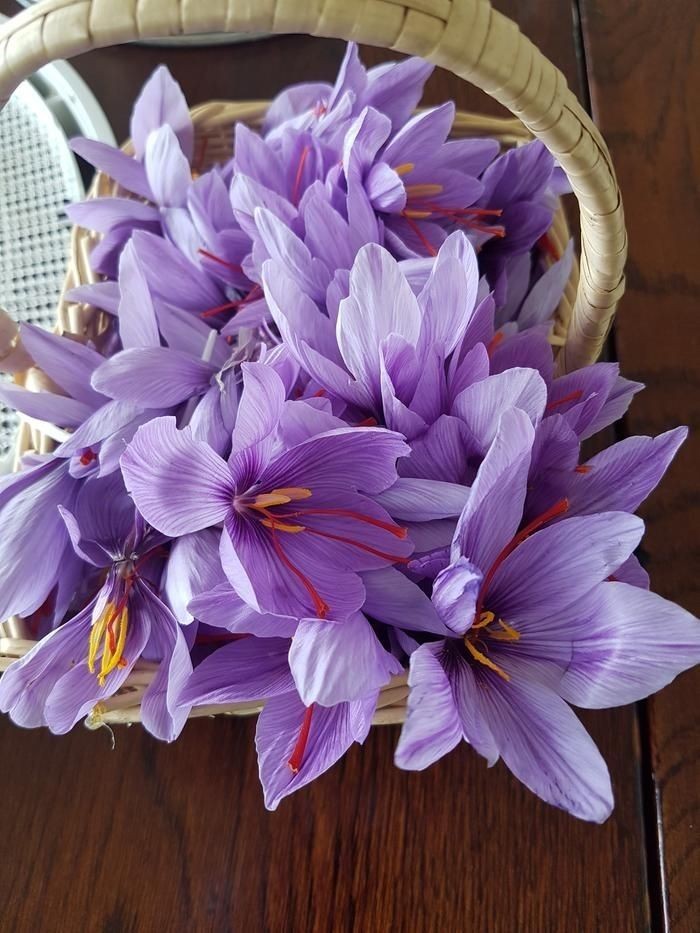Categories
The latest content
-
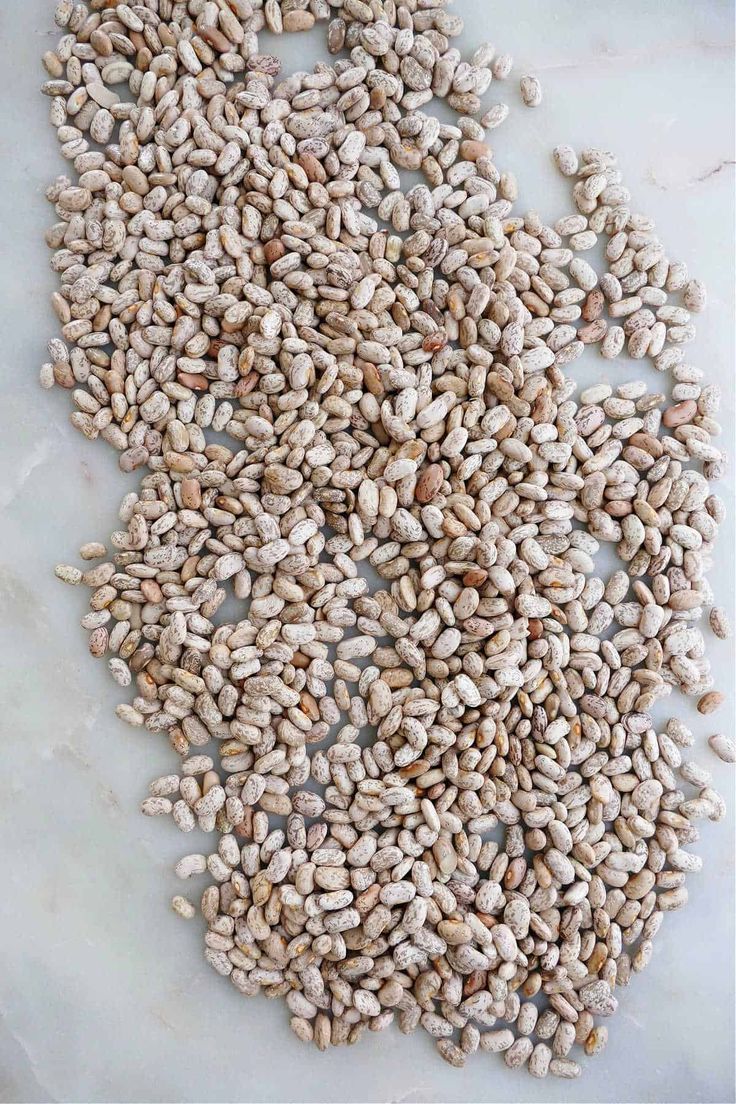
Customs Clearance & Import Regulations for Bulk Iranian Pinto Beans in EU, Middle East & Africa
..
-
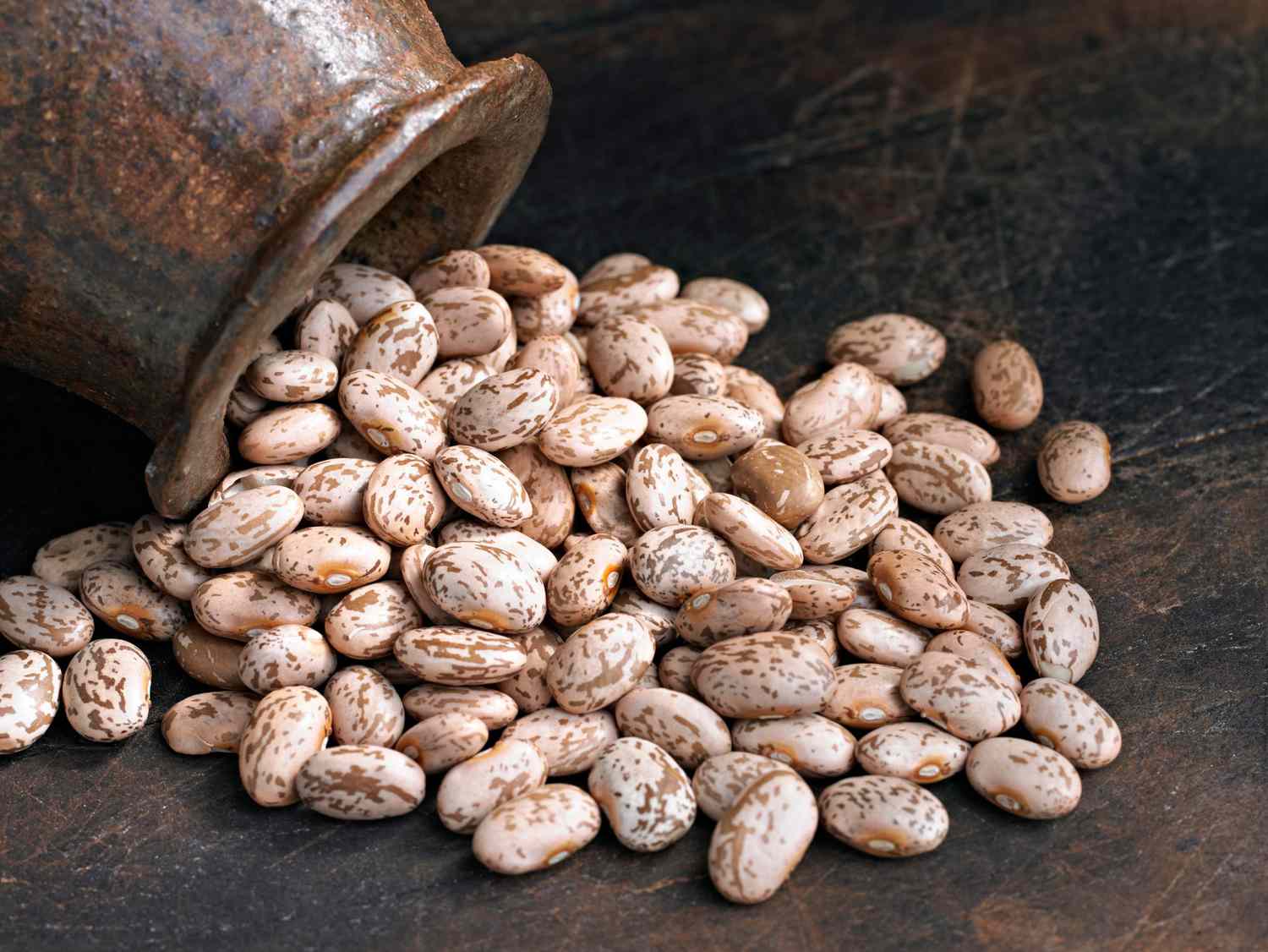
Quality Control & Laboratory Testing Standards for Iranian Pinto Beans
..
-
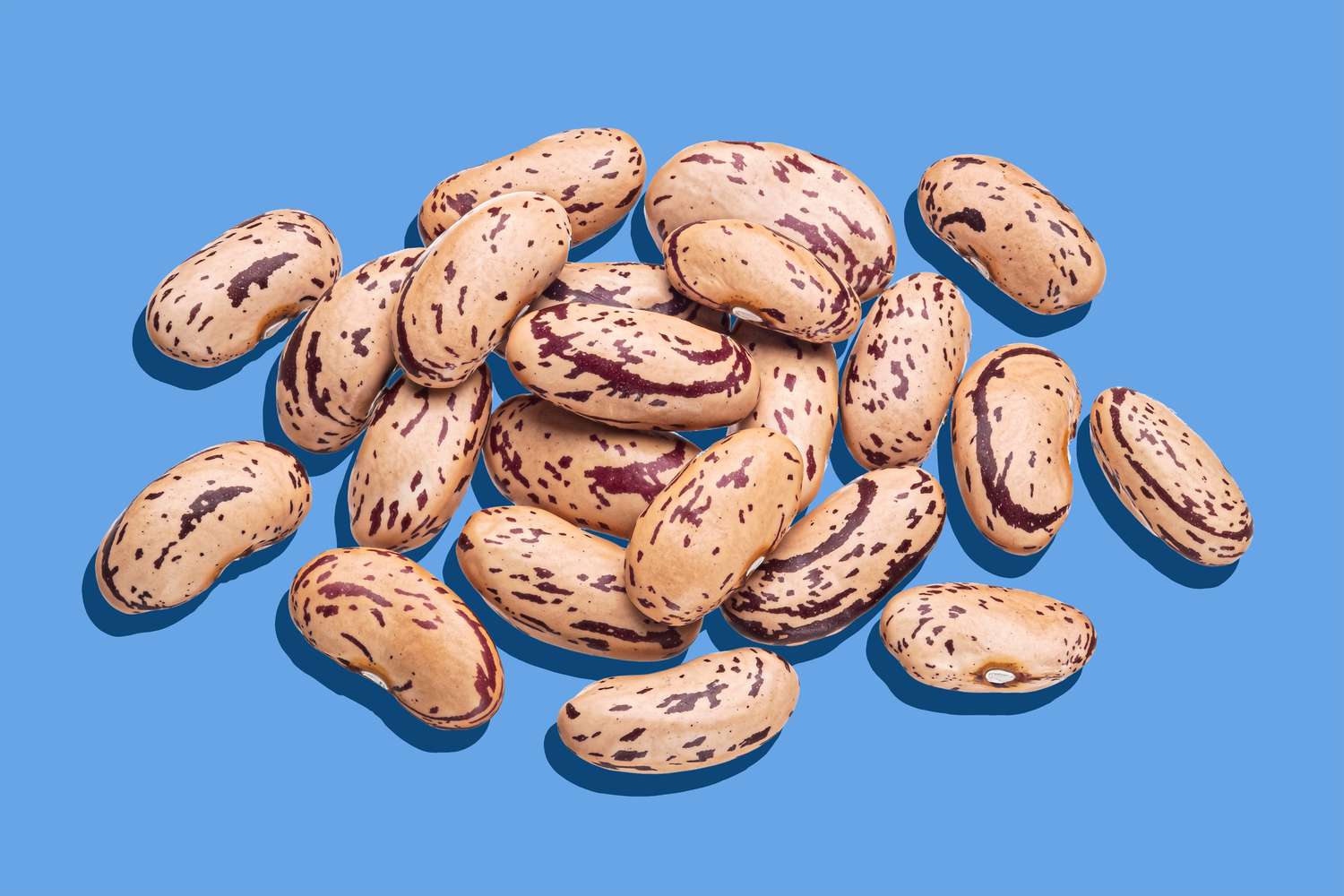
Logistics & Shipping Solutions for Bulk Iranian Pinto Bean Exports
..
-
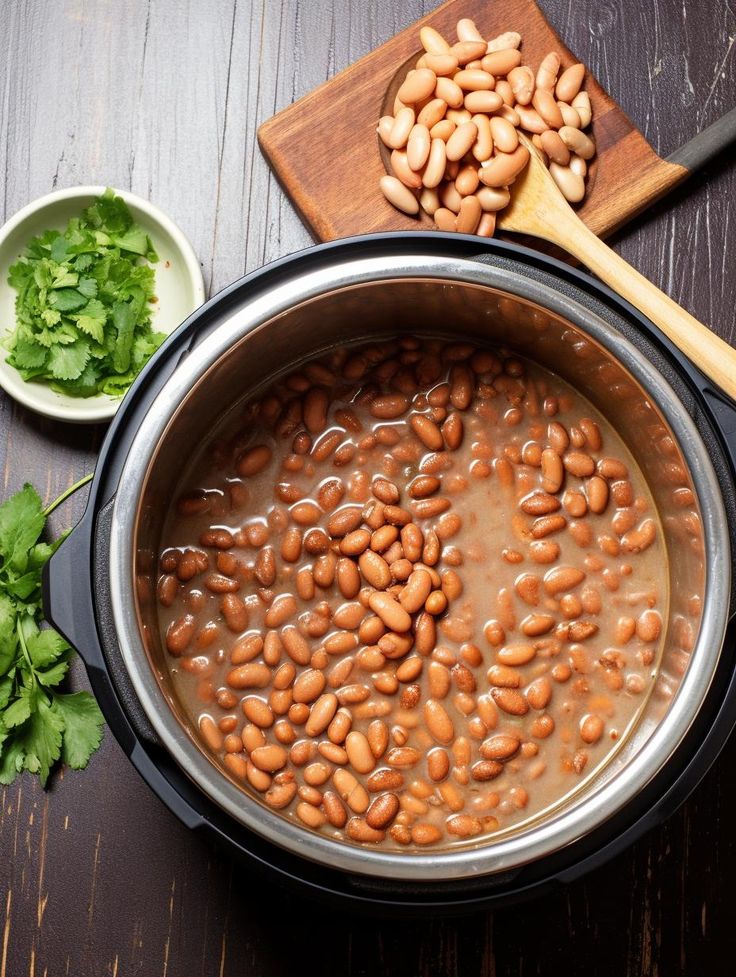
Minimum Order Quantity (MOQ) & Bulk Pricing for Iranian Pinto Bean Buyers
..
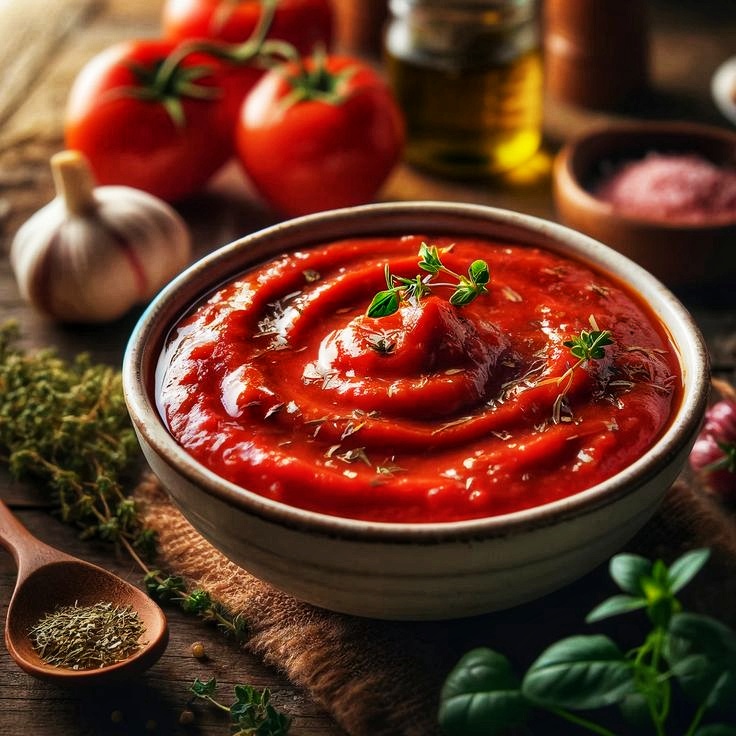
Tags
How to Identify High-Quality Iranian Tea
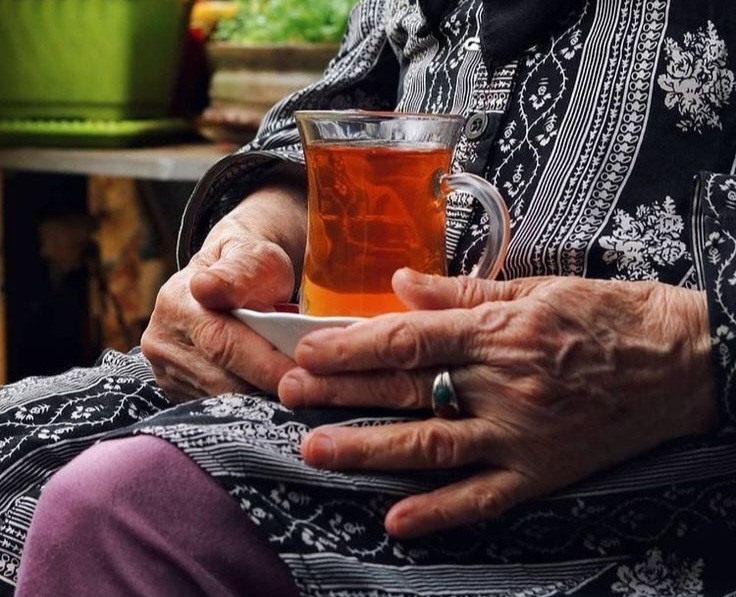
Iranian tea is celebrated for its rich aroma, deep color, and chemical-free cultivation. Grown primarily in the northern provinces of Gilan and Mazandaran, it has a loyal following among tea lovers seeking natural and authentic flavors. However, for new buyers and international tea enthusiasts, distinguishing high-quality Iranian tea from lower-grade options is essential. Here’s a practical guide to help you identify premium Iranian tea.
1. Appearance and Color
Dry Leaves
• High-quality dry leaves are usually dark brown to black, tightly rolled, and uniform in size.
• Avoid teas with too many broken or dusty particles, as they may indicate poor handling or lower-grade leaves.
Brewed Tea
• Premium Iranian tea produces a bright reddish-brown liquor with a clear, clean appearance.
• If the tea looks too dark or murky, it may be over-fermented or low-quality.
2. Aroma
• High-quality Iranian tea has a natural, earthy fragrance that becomes more pronounced when brewed.
• It should not smell artificial, musty, or overly perfumed. Unlike many flavored teas, Iranian tea is known for its pure and subtle scent.
3. Taste Profile
• Expect a smooth, mellow flavor with mild astringency and no bitterness.
• Good Iranian tea has a lasting aftertaste and does not require sugar or additives to enjoy.
• Inferior teas may taste bland, overly bitter, or lack depth.
4. No Artificial Additives
• One of the key qualities of genuine Iranian tea is its lack of added colorants or flavorings.
• To test this at home:
o Place a small amount of tea in hot water.
o If the color changes immediately, it may contain artificial dyes.
o Authentic Iranian tea brews slowly, taking 5–10 minutes to reach full color.
5. Origin and Source
• High-quality teas come from renowned regions like Lahijan, where the climate and soil conditions are ideal.
• Always ask for details about the origin, harvest date, and processing method.
• Trustworthy suppliers and brands will provide this information transparently.
6. Certifications and Packaging
• Look for teas that come with certifications such as organic, ISO, or HACCP.
• Packaging should be airtight and labeled with clear information on the product, including country of origin, expiration date, and brewing instructions.
7. Test Before Buying in Bulk
• When possible, sample a small quantity before committing to large purchases.
• Request samples from exporters or try certified Iranian teas from reputable online stores or distributors.
Final Thoughts
Identifying high-quality Iranian tea is all about recognizing the purity, craftsmanship, and tradition behind it. By paying attention to color, aroma, taste, and transparency of sourcing, you can confidently choose a tea that delights your senses and supports ethical, sustainable farming.
Looking for authentic, premium-grade Iranian tea? Explore our carefully selected collection.



